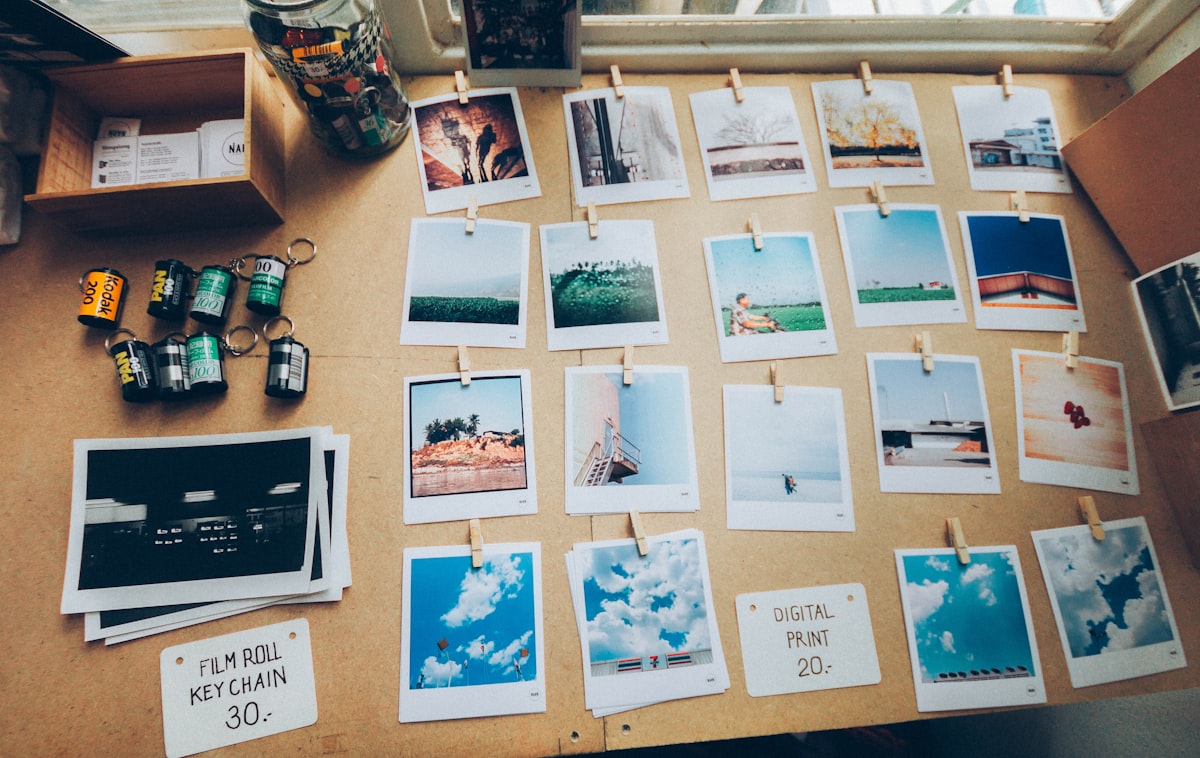Art Production on Element Arena - Part 3: Generating Character Concept Briefs & Calculating Art Budgets

In Part 2 we went over our character concept process and here I want to share a couple of useful tools we used to support that process: how we made briefs, and how we budgeted art.
Generating Organized Character Briefs
Character briefs were a lot of where my communication improvements were really high leverage, and it was also where I was having to spend a lot of my time on outside of giving feedback. Most studios send briefs with templated documents, but then it is difficult to cross reference and keep things organized.
After some trial and error and discussions, I identified what was truly important to our character briefs. Generally speaking, we needed some characteristics to be shared and consistent between characters, we needed unique characteristics for each character, and we needed to give enough detail to create a fun creative sandbox for the artists to work in.
An example of where consistency was import for Element Arena was with it's Class system. Heroes had Classes, and we had unique visual elements to quickly disambiguate characters when playing. For the Mage Class, it was the staff and spellbook. For the Brawler Class, it was a two handed melee weapon. For the Hook Class, it was the dual hooks in their hands. You get the idea.
To manage these requirements and to quickly generate art briefs, I created a Dungeons and Dragons inspired character creator tool in Airtable. You could quickly select from dropdowns the Characters Background, Race, Class, Armor Type, Faction, Alignment, and more. Afterwards, the key details artists needed to keep in mind would auto-populate. I coupled that with a bio, descriptions of the unique elements this character has, and very targeted reference (2-5 pieces). And then I let the artists run with it.


This worked very well for reducing the amount of manual work to clearly describing the relationship of characters to fictional cultures, classes, and more, while also rolling up the need to know items in a character brief. Highly recommend.
You might find 2-5 pieces of reference isn't a lot, but I found that with focus, less is more. Artists will do their own wide reference dive anyway, it's part of the fun.
The extra benefit of the Airtable, is that it's very easy for people to brainstorm and add ideas. We simply had an Approved for Production checkbox to clean up views, and outside of that, anyone on the team could suggest extra ideas for characters or world building elements.
Calculate Your Art Budget Bottom Up
Obviously you'll have some sort of maximum budget from your business wide financial planning, but how do you reconcile that with the art requirements and tighten up the expected costs?
It may be tempting to start counting on your fingers all the different salaried art people you'll need to create a complete art production. I would resist that urge, at least at first, and instead consider the raw minimal estimated cost of the art itself, excluding any art team overhead. The reason to do this, is that you need to understand if the fixed costs of salaries makes sense compared to the cost and time to produce of the total amount of art needed.
If you were able to get the right people, at the right going rate, to make all the pieces of art--how much would that cost? We didn't want to spend our funding on making non-essential art just cause we had artists on staff (and we didn't want to have to lay them off, either). Leveraging our production plan, we used a rough estimate of the art categories and the average costs associated to estimate our full costs from the bottom up.

With hindsight, this was actually a very accurate way to understand art costs as long as you understood the market rate for the types of artists. The individual piece varied: sometimes we nailed it, and sometimes art pieces go over budget. That wiggle room is healthy, as we needed that space to pursue a great result when we got stuck instead of being too risk adverse. On average it ended up just under what we predicted, and we were able to know how much work we had for our art team, which is important for freelancers to manage their time.
In the end, you'll have to make sure that the art spend stays under your maximum budget from your business wide financial planning. By having a minimal and expected budget from a bottom up calculation, you should be able answer the questions needed to align your team.
If this write up was helpful or you have any questions, feel free to contact me on Twitter. Thanks for reading!
